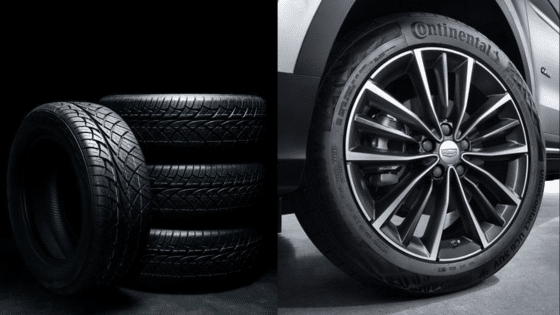Automotive manufacturing operates between innovation, aesthetics, and utility. The vehicle design must go hand in hand with manufacturability so that there is economic viability and production efficiency. Balancing design and auto parts manufacturing is one of the important processes that will determine the performance, cost, and market competitiveness of a vehicle.
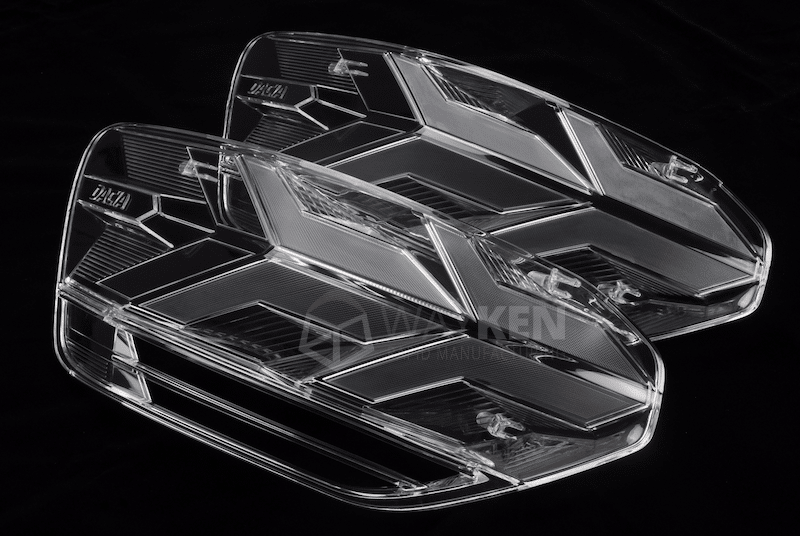
This article discusses major strategies in achieving this balance, using scientific research and industry practices to provide engineers and designers with a comprehensive guide for the best prototyping services.
Simplifying Complex Geometries
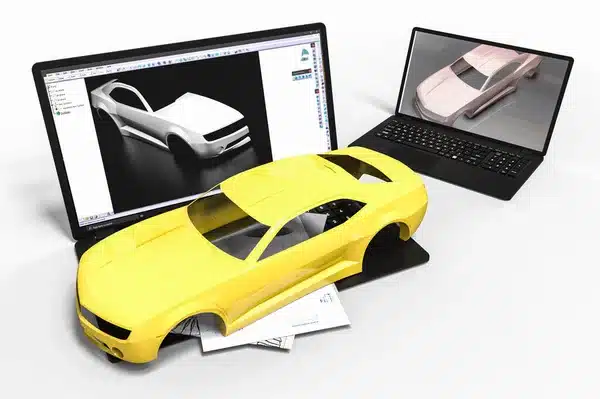
Automotive design often involves intricate numerics toward achieving aesthetic appeal, aerodynamic efficiency, and structural integrity. However, the complication of design increases considerably during the manufacturing process, with increased costs and time lags in production being the outcome.
Simplification of complicated geometries stands as a very basic and crucial step in Design for Manufacturability (DFM). Additionally, the reduction of manufacturing also reduces the chances of errors and increases the potential for scalability. So, having fewer parts with simpler shapes reduces assembly time and costs and increases reliability.
The most suitable procedure for simplifying geometry without losing structural behavior is topology optimization combined with additive manufacturing (AM). Research results show that topology optimization can generate optimal solutions that are lightweight and manufacturable, especially when these solutions integrate AM constraints, such as limits on overhang angles and minimum feature sizes.
By integrating these techniques early in the design phase, engineers can create prototypes that balance aesthetic and functional requirements with manufacturing feasibility, ensuring smoother transitions to high-volume production.
Material Selection for Performance and Manufacturability
Material selection is a pivotal aspect of automotive prototyping, as it directly impacts vehicle performance, weight, cost, and manufacturability. You must ensure that the material choice aligns with design goals, such as strength and durability, while considering production constraints like availability, cost, and processing requirements.
Below are key factors to consider before choosing a material:
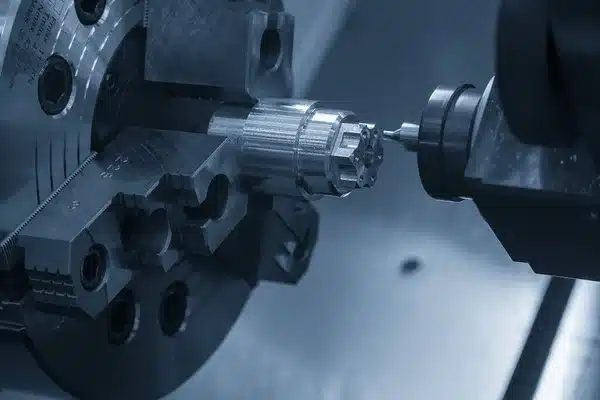
1. Lightweight Materials for Performance
Recent research highlights the benefits of employing lightweight materials, including composite materials and advanced aluminum alloys, to enhance fuel efficiency while reducing emissions. These materials have a high strength-to-weight ratio and are thus suitable for chassis and body panel components.
However, the higher costs of these options and more complicated processing requirements, such as special molding or joining techniques, need to be examined from a manufacturability perspective.
2. Standardizing Materials for Cost Efficiency
Another important DFM strategy is the standardization of materials for manufacturability. The use of readily available materials has the advantage of lower lead times and procurement costs due to economies of scale. For example, choosing typical thermoplastics or metals during prototype development helps keep supply chains simple and free of production bottlenecks, allowing for cost-effective manufacturing.
3. Additive Manufacturing Material Compatibility
Additive manufacturing offers opportunities for using materials that may be too advanced for conventional processing schemes, such as ceramic-filled photopolymers. These materials provide high strength and precision in the prototyping of complex components.
The materials have to be compatible with the manufacturing process selected, like Selective Laser Sintering (SLS) or Stereolithography (SLA), to provide for dimensional tolerancing and feasibility of production.
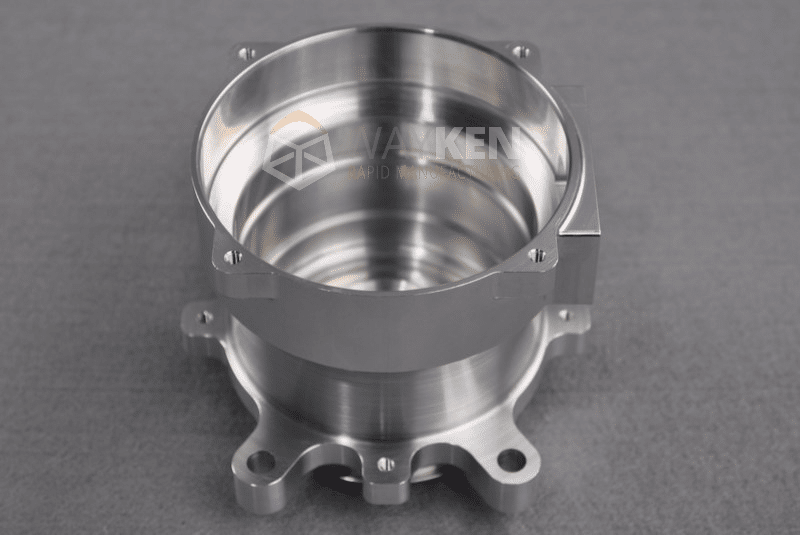
Key DFM Steps for Automotive Parts
Design for Manufacturability (DFM) involves a systematic approach to designing automotive parts that are easy and cost-effective to produce. The following steps are essential for optimizing automotive parts for manufacturability:
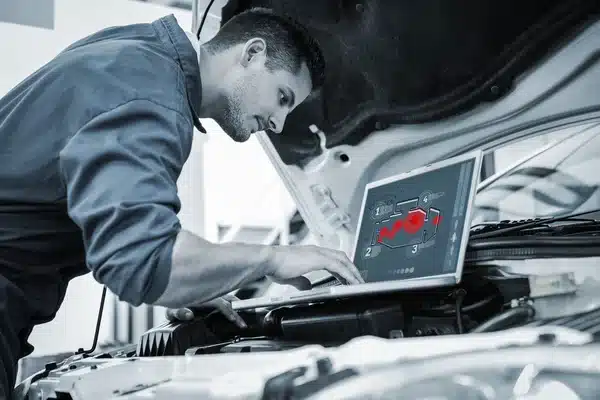
1. Reducing Part Count
Studies show that the effort to reduce part numbers lowers assembly costs and defects. With fewer interfaces, there are fewer potential points of failure. For instance, the multi-purpose use of a part can often be another way to reduce assembly efforts. Additionally, a dashboard component can incorporate structural strength as well as aesthetic appeal.
2. Standardizing Components
Standardized parts are manufactured more easily and stocked at a lower cost. Designing parts that share a common interface or size lets manufacturers exploit economies of scale in tooling preparation and production.
3. Optimizing for Process-Specific Constraints
Design for manufacturing (DFM) takes into consideration specific manufacturing processes, whether injection molding or additive manufacturing, focusing on aspects such as draft angles, uniform wall thickness, or support requirements. For example, providing draft angles on an injection-molded part avoids defects and reduces cycle times. On the other hand, determining the optimal build orientation for additive manufacturing helps minimize material consumption and ensure part strength.
Early recognition of constraints requires close collaboration between design and manufacturing teams. This collaboration ensures that prototypes are optimized for production scalability and cost efficiency.
Rapid Prototyping to Validate Design and Manufacturing
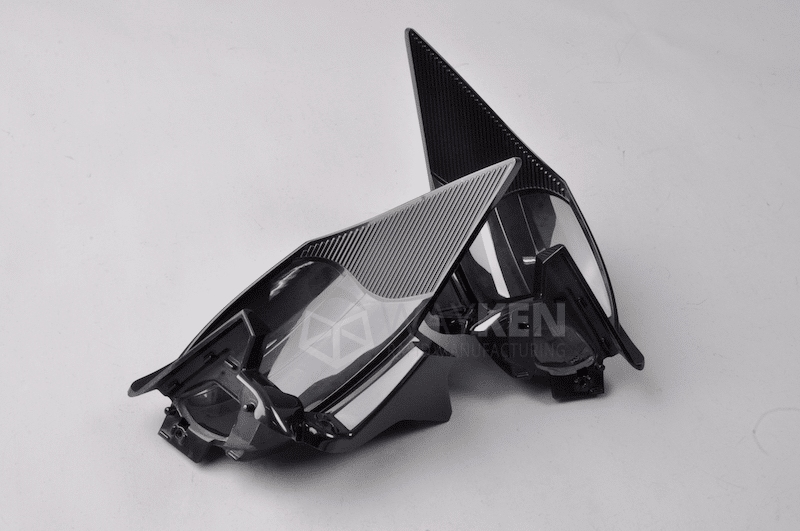
Rapid prototyping through additive manufacturing has transformed the automotive industry by facilitating quick design iterations and validation. Some of the key benefits of rapid prototyping are:
- Accelerating Design Iterations: Equipment and technologies such as Selective Laser Sintering (SLS) and Stereolithography (SLA) enable engineers to produce prototypes within hours, reducing time during development compared to established methods such as CNC machining.
- Validation of Complex Geometries: Complex geometries produced via additive manufacturing, which are difficult to produce by conventional manufacturing, allow designers to entertain innovation-laced solutions while ensuring that such solutions are feasible for production.
- Material, Functional, and Assembly Testing: Under real-world conditions, rapid prototypes are subjected to tests for validating material properties, structural performance, and assembly. Such tests may eventually help reduce the risk involved in costly redesigns.
- Cost and time efficiency: For instance, Porsche utilized a 3D printer to create a lightweight electric drive unit housing, which minimized assembly steps by 40 and enhanced structural performance; this sufficiently demonstrates rapid prototyping’s efficiency.
With rapid prototyping, automotive engineers iteratively design and refine the production of the vehicle, so that it meets their specifications for aesthetic appearance as well as engineering limitations.
Early Manufacturability Feedback
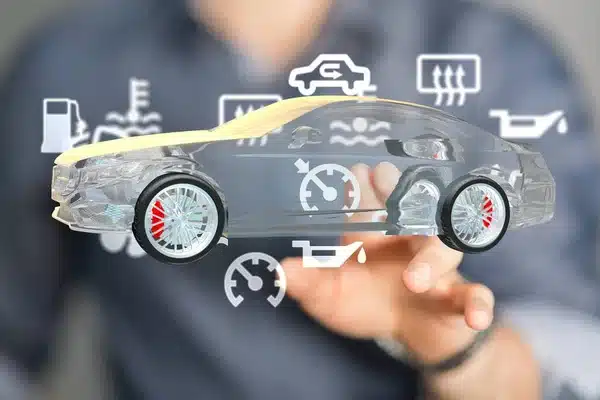
It is important that design and manufacturing teams collaborate early to achieve solutions to manufacturability issues during prototyping.
With tools like Computer-Aided Design (CAD) and Computer-Aided Engineering (CAE), designers are enabled to simulate their manufacturing process and check their designs for manufacturability.
The digital twin also improves the manufacturability feedback process at an early stage by producing virtual models of the prototypes that are closest to their physical counterparts. With these models, engineers can simulate production processes, identify potential problems, and optimize designs prior to any physical prototyping work.
By integrating early feedback, automotive manufacturers can reduce development costs and accelerate time-to-market.
Conclusion
With the progress of additive manufacturing, digital twins, and lightweight materials among other things, these strategies will form the backbone for designing an automotive vehicle that is novel, efficient, and economically viable.
A sustainable and competitive vehicle production industry will come into being if enrs will focus their collaboration by making use of advanced technologies to ensure automotive prototypes meet their design goals as well as production realities.
- 3shares
- Facebook0
- Pinterest0
- Twitter3
- Reddit0











